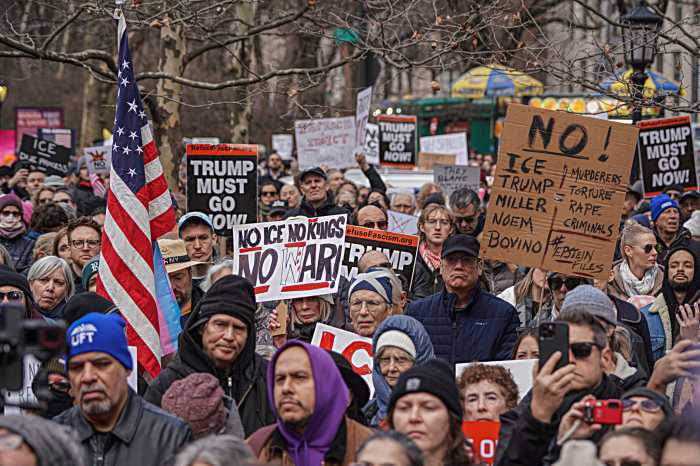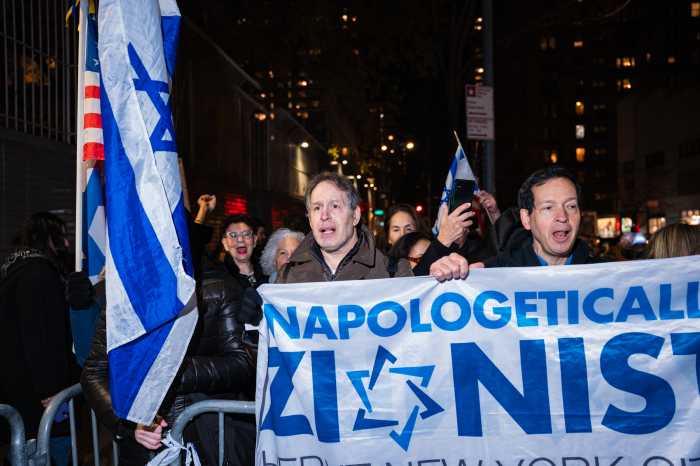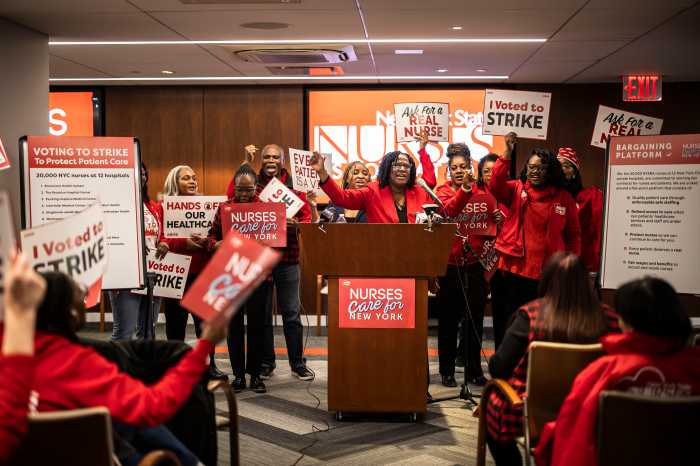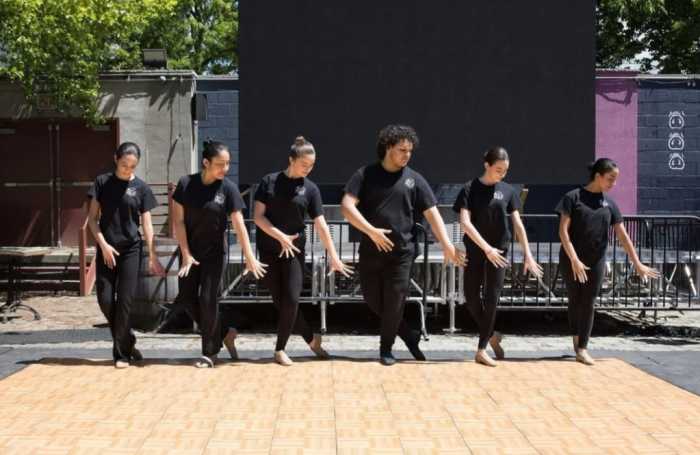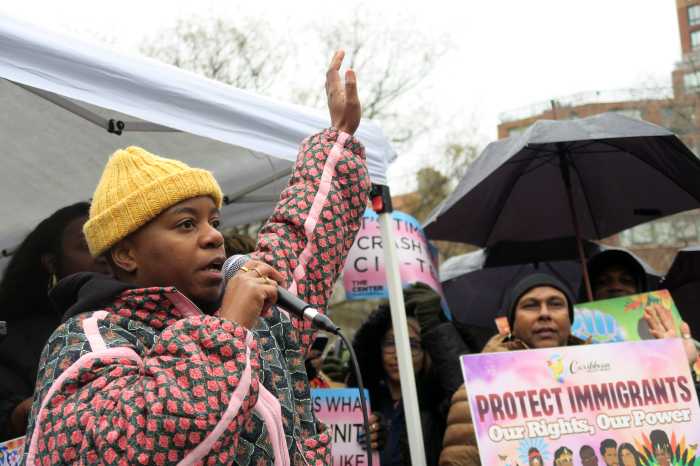Amid the critically acclaimed success of “When They See Us,” a Netflix miniseries on the Central Park Five case as seen through the lens of the teens who were wrongfully convicted, director Ava DuVernay has an important question: “Now that you know, what will you do? How will you change this?”
Criminal justice reform advocates agree that while strides have been made to help prevent wrongful convictions in New York, there is more that needs to be done.
“One issue that really hasn’t taken hold enough around the country — and must take hold — is the prohibition of the use of deception during an interrogation,” said Rebecca Brown, director of policy for the nonprofit Innocence Project, which helped overturn the convictions of the Central Park Five.
While police are not allowed to use physical force during an interrogation, it is legal to deceive a person about the investigation. And if the tactic leads to a confession, it could be used as evidence in court.
“You can lie and tell someone, ‘we have a bloody fingerprint that matches to you,’ and that’s permissible,” Brown said. “And you can also lie about the consequences of what will happen once you confess. So for instance, law enforcement might say, ‘let’s just settle this so that you can go home.’”
The use of deception during interrogations was a key factor in the Central Park Five case in 1989, when Antron McCray, Kevin Richardson, Yusef Salaam, Raymond Santana and Korey Wise were arrested in connection with the brutal attack and rape of jogger Trisha Meili. Although the boys, who were between the ages of 14 and 16, gave conflicting confessions that they later said were coerced, they were convicted in two separate trials about a year later.
They were exonerated in 2002, after Matias Reyes, a convicted murderer and rapist, confessed to being the sole perpetrator in the case. His DNA matched genetic material found at the scene.
By then, McCray, Richardson, Salaam and Santana had already served between 6 and 7 years. Wise, who was the only one tried as an adult, served 12 years in prison.
In a recent interview with Oprah Winfrey, Richardson said he was glad that the Netflix series has put a spotlight on race and wrongful convictions because “not too many things have changed” over the last 30 years.
Richardson, along with Salaam and Santana, launched the #EndNYWrongfulConviction campaign in partnership with the Innocence Project in 2016, which pushed for mandatory recording of interrogations and eyewitness identification reforms — two of the top contributors to wrongful convictions in New York.
Both bills were passed in 2017 as part of a sweeping package of criminal justice reforms in Gov. Andrew Cuomo’s budget. The governor hailed the bills’ passage as “bringing us one step closer to a [fairer] and more just New York for all."
Brown, however, argues there are loopholes in both laws that need to be closed, particularly with regard to the number of exceptions for mandatory video recording of interrogations and allowing multiple identification procedures of the same suspect.
“If you allow for multiple identification procedures of the same suspect, the witness will become committed to that identification, even if it’s false,” she explained.
Since 1989, 365 people in the country have been exonerated through DNA evidence, according to the Innocence Project. Of those cases, 70 percent involved eyewitness misidentification and 42 percent of those cases included errors of cross-racial misidentification. Twenty-eight percent of the cases included false confessions, 33 percent of which were made by a person 18 years old or younger.
There are other factors, though, that can’t be fixed with legislation. A cultural shift within the criminal justice system, recognizing psychological factors that contribute to wrongful convictions, is needed as well, Brown said.
“The fact is that the five men connected to this case, because of the color of their skin, never enjoyed the presumption of innocence in the same way that their white counterparts would,” she said. “This is a key part of the conversation.”




